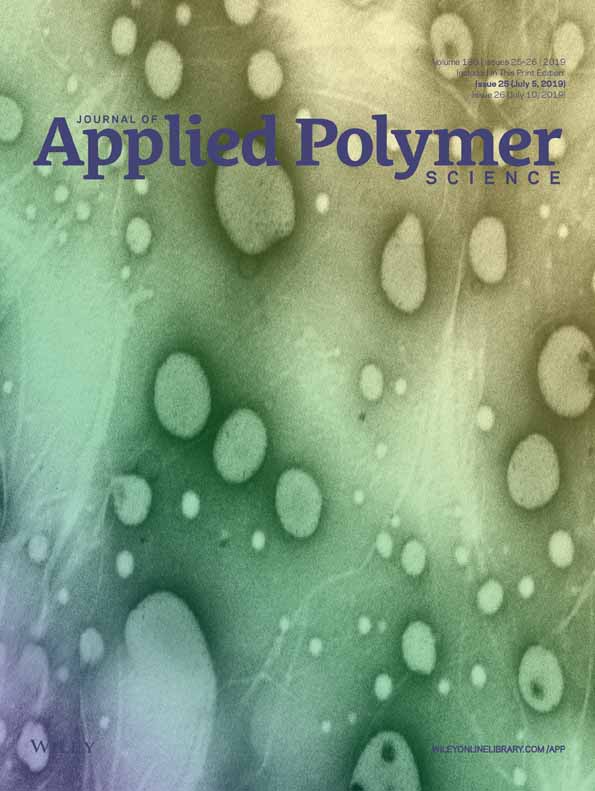Novel green composites from styrene butadiene rubber and palm oil derivatives for high performance tires
ABSTRACT
In rubber compounding, renewable, nontoxic, and degradable palm oil is used as a safe alternative softener or stabilizer process oil. In the tire industry, with the development of environment-friendly “green tires,” silica has been used as a reinforcing filler for tread compounds. To make the hydrophilic silica compatible with the hydrophobic rubber matrix, the addition of amphiphilic oil is required. We, for the first time, prepared an amphiphilic palm oil derivative (PO) with hydrophobic and hydrophilic functional groups in bulk. Rubber composites prepared with the PO exhibited remarkable improvements in mechanical properties, including tensile strength, elongation, and fatigue. These improvements are attributed to the enhanced dispersion of the fillers in the rubber matrix due to the PO. Also, the mixing of PO in the rubber matrix resulted in outstanding abrasion, rebound resilience, and heat buildup properties at low loadings. We then prepared pneumatic tires with a tread composite using PO, and conducted virtual tests using a vehicle-mounted pneumatic tire. The pneumatic tire exhibited enhanced high speed durability, dry and wet braking. The strong interfacial interactions between the silica and the rubber matrix due to the PO resulted in improved viscoelastic properties. These results show that PO is a renewable potential replacement for conventional aromatic oils in tire engineering applications. © 2019 Wiley Periodicals, Inc. J. Appl. Polym. Sci. 2019, 136, 47672.




